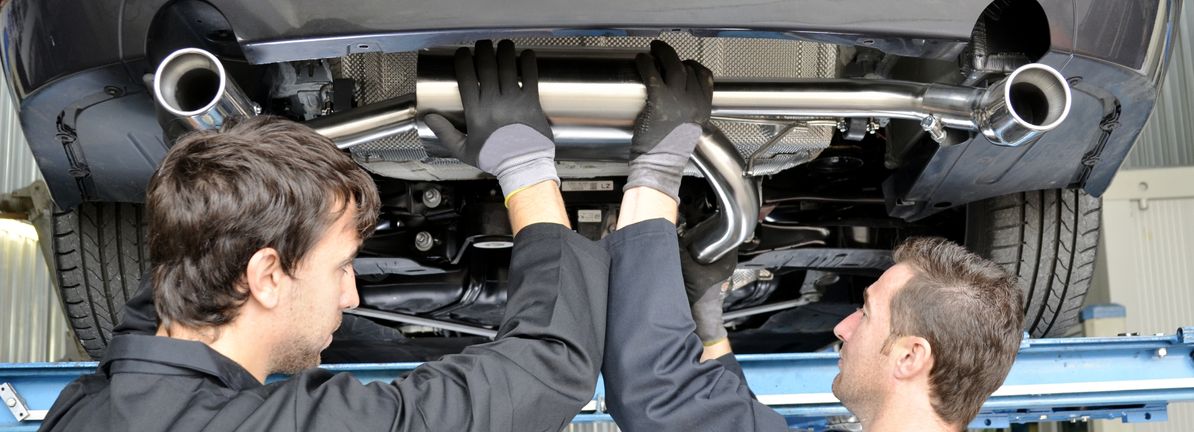Lear (LEA) delivered a 14.5% annual earnings growth rate over the past five years, but net profit margin came in at 2.1%, a shade below last year’s 2.3%. The result this period was shaped by a sizeable $198 million one-off loss. Expectations for future earnings growth sit at a robust 31.8% per year, easily outpacing the broader US market’s projected pace. With revenue forecast to grow at 2.7% annually and shares trading well below discounted cash flow estimates, investors have plenty to evaluate, especially with margins and quality of earnings under the spotlight.
See our full analysis for Lear.
Next up, we’ll see how these headline numbers either support or challenge the most popular narratives from the community and analysts.
See what the community is saying about Lear
-
The latest DCF fair value for Lear comes in at $144.53 per share, notably higher than the current market price of $104.65. This signals a potential undervaluation for long-term-focused investors.
-
According to the analysts’ consensus narrative, confidence in Lear’s advanced EV systems and automation wins is driving expectations for profit margins to double to 4.2% over the next three years.
-
Consensus sees $60 million in recurring efficiency gains already realized this year, with another $90 million expected. This reinforces the margin and valuation case.
-
Analysts also highlight new electronics-rich seating programs and OEM outsourcing as catalysts, offsetting recent temporary profit margin softness.
-
-
The difference between current price and analyst price target is just 2.7%, with the analyst target at $116.25. This implies that most anticipate only moderate short-term upside rather than a major rally.
Curious how analysts are weighing Lear’s growth drivers against the fair value gap with the stock trading far below DCF estimates? 📈 Read the full Lear Consensus Narrative.
-
A $198 million one-time loss weighed on Lear’s annual net profit margin, bringing it down from 2.3% to 2.1% even as overall earnings kept climbing.
-
The analysts’ consensus narrative points out that recurring savings from automation and digital manufacturing are helping offset non-recurring costs, and sets expectations for margins to reach 4.2% in three years.
-
Consensus also cautions that continued wind-downs in discontinued E-Systems product lines will be a structural hurdle through at least 2027, limiting margin recovery in those segments short term.
-
Flexibility from buybacks and a $2 billion revolver underpin the view that margin compression from non-recurring hits should be temporary for the broader business.
-
